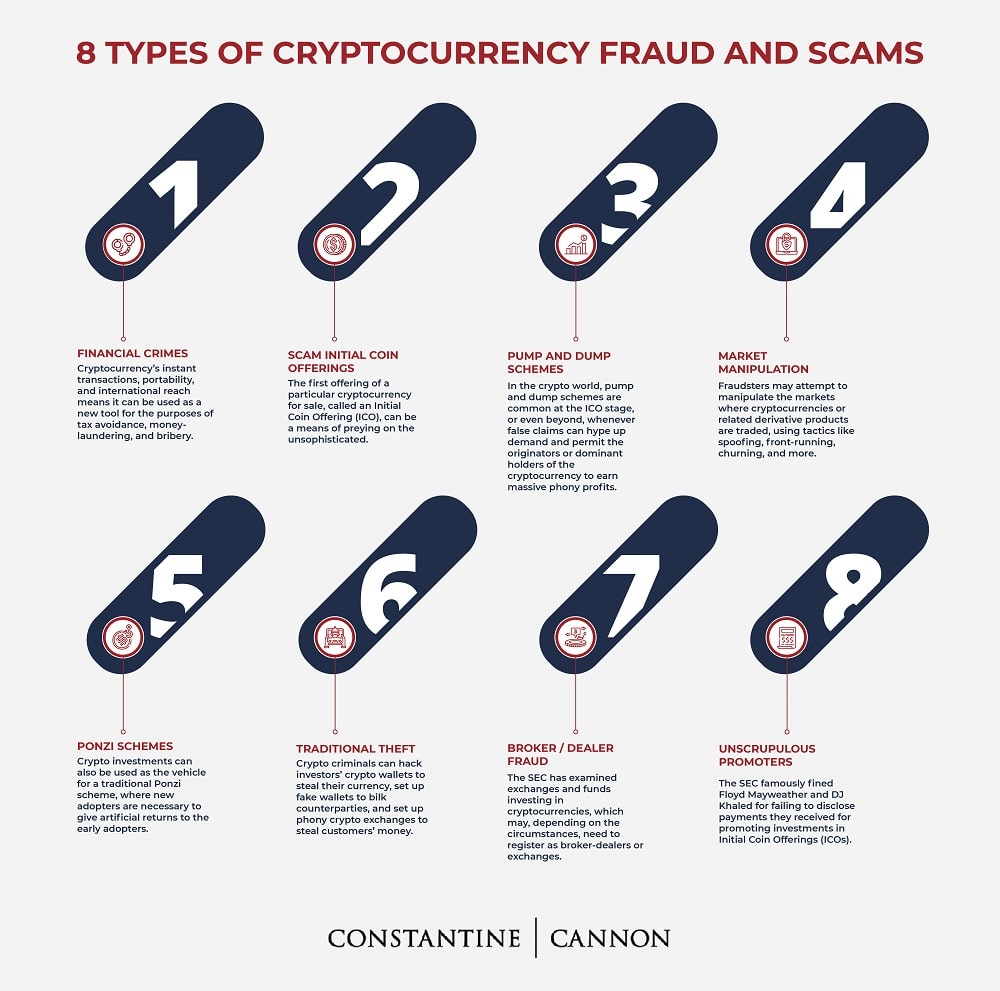Insider Threats: The Latest News and Case Studies
What Are Insider Threats?
Insider threats are risks posed by individuals within an organization who misuse their access to harm the company. These threats can come from employees, contractors, or business partners. Insider threats can lead to data breaches, theft of intellectual property, and financial loss. They are particularly dangerous because these individuals already have inside knowledge and access to systems and sensitive information.
There are two main types of insider threats: malicious and unintentional. Malicious insiders deliberately cause harm, often for personal gain or to damage the organization. Unintentional insiders, on the other hand, may cause harm by accident, such as through careless handling of sensitive data or falling victim to phishing scams.
The Latest News on Insider Threats
In recent years, insider threats have become more prominent due to the increasing reliance on technology and remote work. News reports highlight several significant incidents involving insider threats. For example, a major healthcare provider recently suffered a data breach when a disgruntled employee stole patient records and sold them on the dark web. This incident not only led to financial losses but also damaged the organization’s reputation.
Another example involves a technology company where a former employee downloaded confidential files before leaving the company. This former employee then used the stolen information to start a competing business. Such cases show how insider threats can have far-reaching effects on a company’s operations and competitive edge.
Case Study: The Capital One Data Breach
One of the most notable cases of insider threats is the Capital One data breach in 2019. An employee of a cloud services company exploited a vulnerability in the company’s systems to access and steal the personal information of over 100 million customers. The breach exposed sensitive data, including names, addresses, and credit scores.
The Capital One case is particularly significant because it highlights the importance of monitoring and securing access to sensitive data. The breach led to a significant financial penalty for Capital One and highlighted the need for stricter controls and better oversight of third-party vendors.
Case Study: The Snowden Effect

Edward Snowden, a former NSA contractor, is a well-known example of an insider threat. In 2013, Snowden leaked classified information about government surveillance programs. His actions sparked a global debate about privacy and government surveillance but also demonstrated how an insider with access to sensitive information can have a profound impact.
Snowden’s case shows that insider threats can extend beyond financial harm and affect national security. It also underscores the importance of balancing access to information with robust security measures to prevent unauthorized disclosures.
Mitigating Insider Threats
To protect against insider threats, organizations need to implement comprehensive security strategies. This includes setting clear access controls, monitoring user activity, and regularly auditing systems for unusual behavior. Employee training is also crucial, as it helps staff recognize and respond to potential threats.
Another effective measure is to use advanced security technologies, such as behavioral analytics and artificial intelligence, to detect suspicious activities. For instance, AI systems can analyze patterns in user behavior to identify anomalies that may indicate an insider threat.
Organizations should also foster a culture of security awareness and encourage employees to report any suspicious activities. By taking these steps, companies can reduce the risk of insider threats and protect their sensitive information.
The Role of Technology in Managing Insider Threats
Technology plays a crucial role in managing and mitigating insider threats. Several technological solutions can help organizations detect and respond to potential threats effectively:
- Data Loss Prevention (DLP) Tools: DLP tools monitor and control data transfers within an organization. They help prevent unauthorized access and ensure sensitive information does not leave the organization without proper authorization.
- User Behavior Analytics (UBA): UBA systems analyze user activities and behaviors to identify anomalies that might indicate insider threats. For example, if an employee suddenly accesses a large amount of sensitive data, UBA systems can flag this behavior for further investigation.
- Security Information and Event Management (SIEM) Systems: SIEM systems collect and analyze security data from across an organization. They provide real-time alerts and comprehensive reports on potential security incidents, including those caused by insider threats.
- Endpoint Detection and Response (EDR) Tools: EDR tools monitor and protect endpoints, such as computers and mobile devices, from threats. They help detect unusual activities and provide detailed information for incident response.
Implementing these technologies can significantly enhance an organization’s ability to detect and respond to insider threats, thereby reducing potential damage.
Creating a Culture of Security Awareness
A strong security culture within an organization is essential for preventing insider threats. Employees play a vital role in identifying and reporting suspicious activities. To foster this culture, organizations should:
- Provide Regular Training: Conduct regular security awareness training to educate employees about the risks of insider threats and how to recognize suspicious behavior. Training should also cover safe data handling practices and the importance of reporting concerns.
- Encourage Open Communication: Create an environment where employees feel comfortable reporting suspicious activities or concerns. Implement clear reporting channels and ensure that employees know whom to contact in case of a security issue.
- Promote Ethical Behavior: Emphasize the importance of ethical behavior and the consequences of malicious actions. Reinforcing the organization’s values can help deter potential insider threats.
- Conduct Security Drills: Regularly conduct security drills and simulations to prepare employees for potential insider threat scenarios. This helps ensure that everyone knows how to respond effectively in case of an actual incident.
Legal and Regulatory Considerations
Organizations must also be aware of legal and regulatory considerations related to insider threats. Various laws and regulations govern data protection and privacy, and organizations need to ensure compliance. For example:
- General Data Protection Regulation (GDPR): In the European Union, GDPR sets strict rules on data protection and privacy. Organizations must take measures to protect personal data and report breaches promptly.
- Health Insurance Portability and Accountability Act (HIPAA): In the U.S., HIPAA regulates the protection of health information. Organizations handling health data must implement security measures to prevent unauthorized access and disclosure.
- Sarbanes-Oxley Act (SOX): SOX requires organizations to maintain accurate financial records and implement internal controls to prevent fraud and financial misconduct.
Understanding and complying with these regulations helps organizations avoid legal repercussions and ensures that they are taking appropriate steps to protect sensitive information.
Conclusion
Insider threats pose a significant risk to organizations of all sizes. Recent news and case studies, such as the Capital One data breach and the Edward Snowden leak, demonstrate the potential damage that insider threats can cause. By understanding what insider threats are, staying informed about the latest developments, and implementing effective security measures, organizations can better protect themselves from these risks and ensure the safety of their sensitive information.



